Intermittent fasting (IF) has taken the health and wellness world by storm, promising benefits like weight loss, improved metabolism, and even longevity. But what exactly is intermittent fasting, and how can you incorporate it into your lifestyle effectively? In this comprehensive guide, we’ll break down everything you need to know, from the benefits and potential risks to the best methods for beginners.
What Is Intermittent Fasting?
Intermittent fasting is not a diet but an eating pattern that cycles between periods of eating and fasting. Unlike traditional diets that focus on what you eat, intermittent fasting focuses on when you eat. The goal is to allow your body enough time to rest from digestion, optimize metabolic processes, and promote overall health.

How Does It Work?
When you fast, your body undergoes several changes:
- Lower Insulin Levels: Fasting reduces insulin levels, making stored body fat more accessible for energy.
- Cellular Repair: Fasting triggers autophagy, a process where cells remove waste and regenerate.
- Increased Growth Hormone Production: Growth hormone levels can increase, aiding fat loss and muscle gain.
- Enhanced Brain Function: Fasting may boost brain health by reducing inflammation and promoting neuron growth.
Popular Intermittent Fasting Methods
There are several ways to practice intermittent fasting, each catering to different lifestyles and preferences:
1. The 16/8 Method (Leangains Protocol)
- Fast for 16 hours, eat within an 8-hour window (e.g., 12 PM – 8 PM)
- One of the most popular and easiest methods for beginners
- Ideal for those who want a daily fasting routine without extreme restrictions
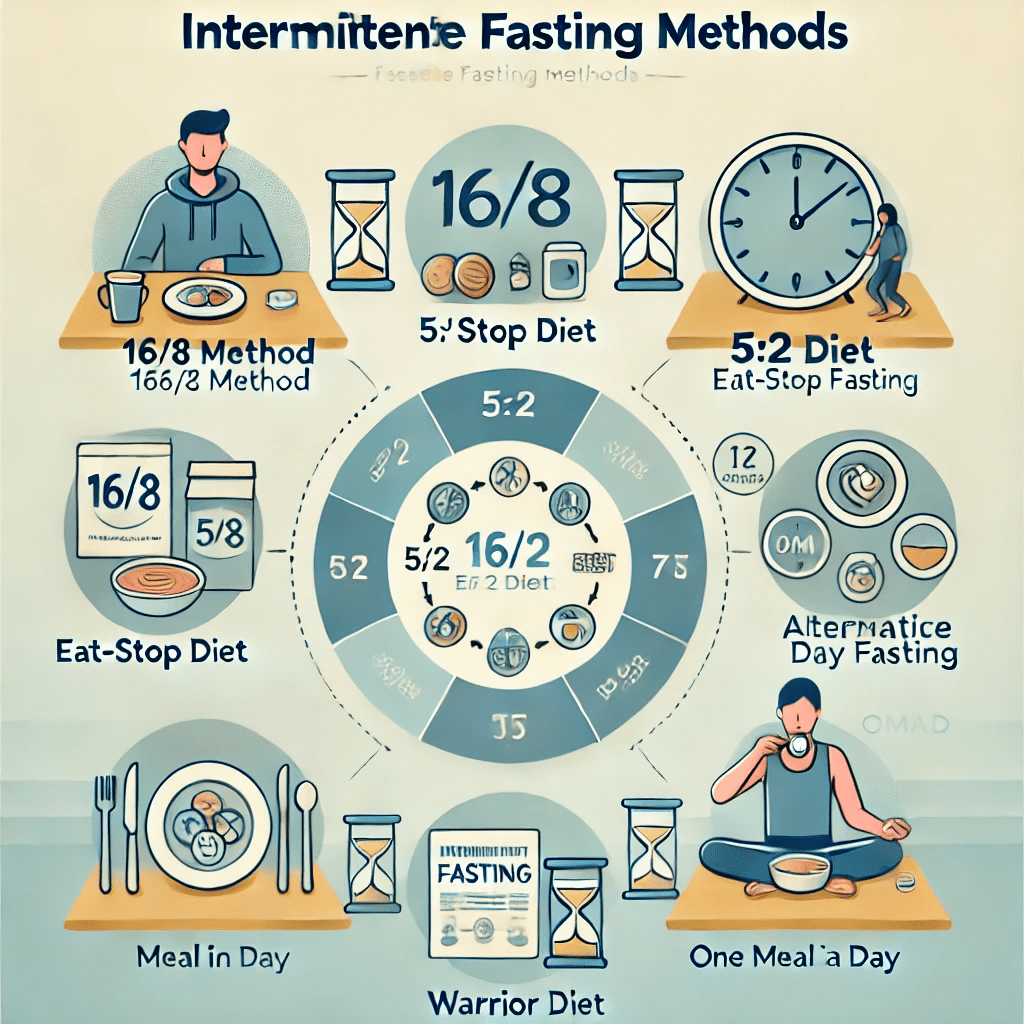
2. The 5:2 Diet
- Eat normally for five days a week
- Consume only 500–600 calories on two non-consecutive days
- Suitable for people who don’t want to fast daily but still reap the benefits
3. Eat-Stop-Eat
- A 24-hour fast once or twice per week
- No food from dinner one day to dinner the next day
- More challenging but effective for those who can handle longer fasting periods
4. Alternate-Day Fasting
- Alternates between fasting and normal eating days
- Some variations allow 500 calories on fasting days
- Best for those looking for more extreme fat loss results
5. The Warrior Diet
- Small portions of raw fruits and vegetables during the day
- One large meal at night within a 4-hour eating window
- Mimics the eating pattern of ancient warriors and promotes fat burning
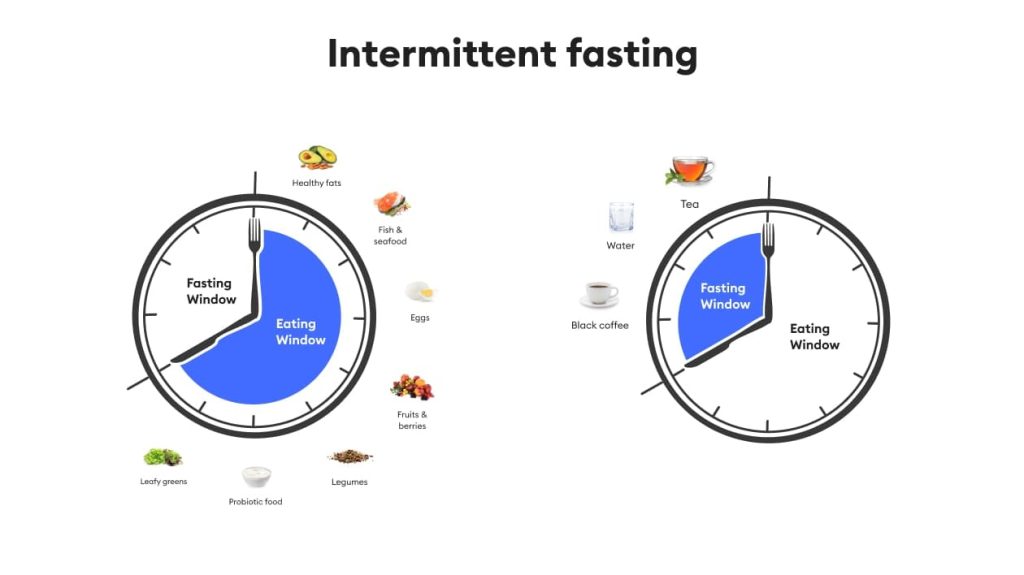
The Benefits of Intermittent Fasting
Intermittent fasting offers several science-backed benefits:
1. Weight Loss and Fat Burning
Fasting helps lower insulin levels and increase fat-burning hormones, making it an effective weight loss strategy.
2. Improved Metabolism
IF enhances metabolic rate by 3.6–14%, helping your body burn more calories even at rest.
3. Supports Heart Health
Fasting reduces bad cholesterol (LDL), blood sugar levels, and inflammation, all of which lower the risk of heart disease.
4. Brain Health and Mental Clarity
Fasting increases brain-derived neurotrophic factor (BDNF), which helps prevent neurodegenerative diseases like Alzheimer’s.
5. Longevity and Anti-Aging
Studies on animals suggest that intermittent fasting may extend lifespan by promoting cellular repair and reducing oxidative stress.
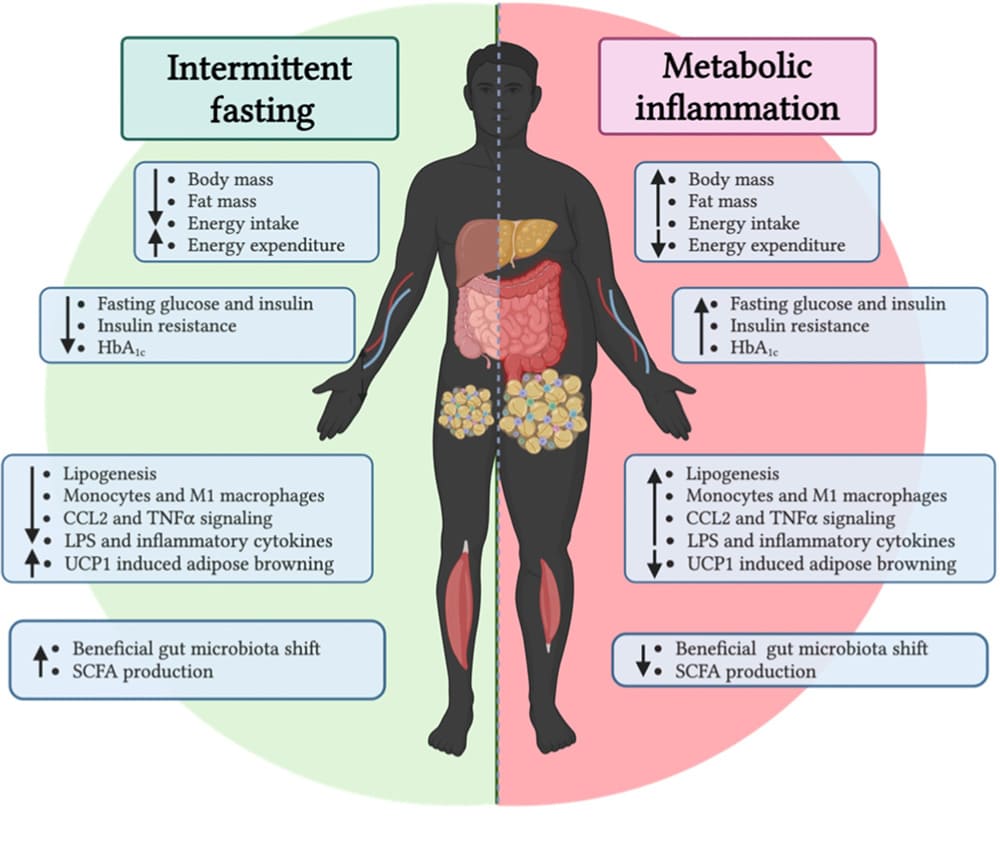
Potential Risks and Side Effects
While intermittent fasting has many benefits, it’s not for everyone. Here are some risks to be aware of:
- Hunger and Irritability: In the beginning, fasting can be challenging as your body adapts.
- Nutrient Deficiencies: Poor planning can lead to a lack of essential nutrients.
- Fatigue and Dizziness: Some people experience energy dips, especially in the initial stages.
- Not Suitable for Everyone: Pregnant women, people with a history of eating disorders, or those with certain medical conditions should consult a doctor before trying IF.
Tips for Getting Started with Intermittent Fasting
If you’re new to fasting, follow these tips to ensure a smooth transition:
 Start Slow – Begin with the 12-hour fast and gradually increase fasting hours.
Start Slow – Begin with the 12-hour fast and gradually increase fasting hours.- Stay Hydrated – Drink plenty of water, herbal teas, or black coffee to curb hunger.
- Eat Nutrient-Dense Foods – Focus on whole, unprocessed foods when breaking your fast.
- Avoid Binge Eating – Overeating after fasting can negate the benefits.
- Listen to Your Body – If you feel weak or dizzy, adjust your fasting schedule.
- Get Quality Sleep – Poor sleep can disrupt hunger hormones, making fasting harder.
Frequently Asked Questions (FAQs)
1. Can I Drink Coffee or Tea While Fasting?
Yes! Black coffee, tea, and other non-caloric beverages are allowed and can help curb hunger.
2. Will Intermittent Fasting Slow My Metabolism?
No. In fact, short-term fasting may boost metabolism. However, prolonged fasting without proper nutrition can have adverse effects.
3. Can I Exercise While Fasting?
Yes, but listen to your body. Light workouts like walking or yoga are great during fasting periods, while intense workouts may be best after breaking your fast.
4. How Long Does It Take to See Results?
Most people notice weight loss and energy improvements within a few weeks. However, results vary based on diet, lifestyle, and consistency.
Final Thoughts
Intermittent fasting is a flexible and effective approach to improving health, losing weight, and boosting metabolism. While it may take time to adjust, the benefits are well worth it.
If you’re considering intermittent fasting, start with a method that fits your lifestyle and consult a healthcare professional if you have any concerns.
Are you ready to give intermittent fasting a try? Let us know your experiences in the comments, and don’t forget to share this guide with anyone looking to improve their health!

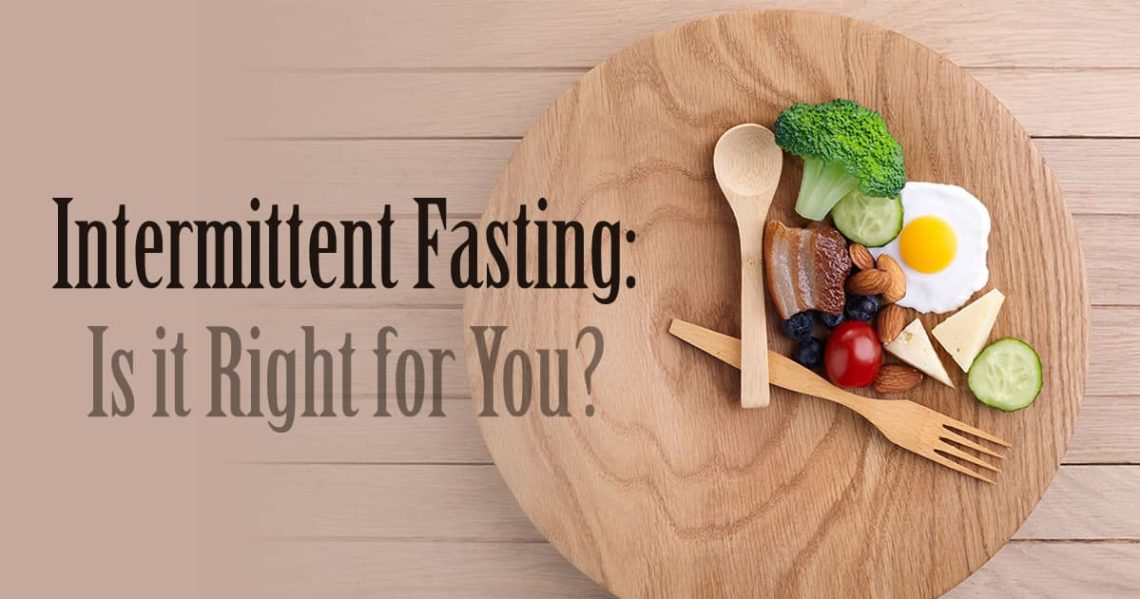
 Start Slow – Begin with the 12-hour fast and gradually increase fasting hours.
Start Slow – Begin with the 12-hour fast and gradually increase fasting hours.
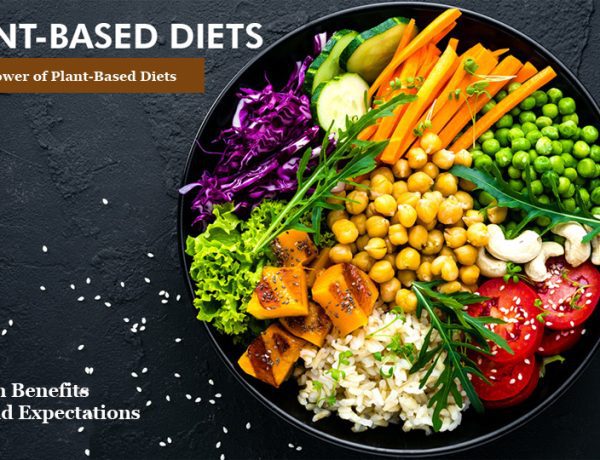



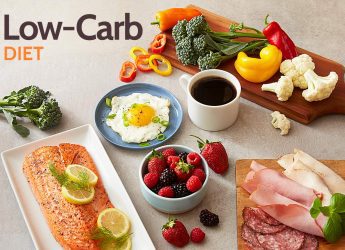

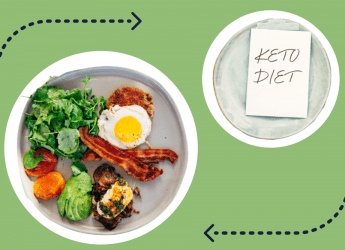




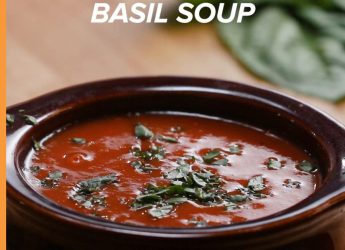
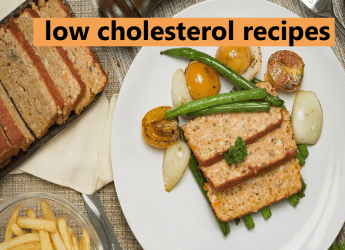
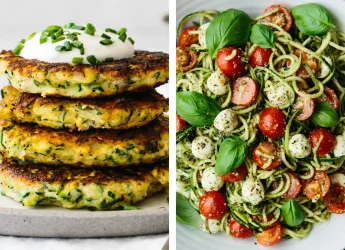

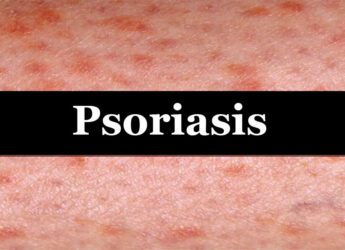





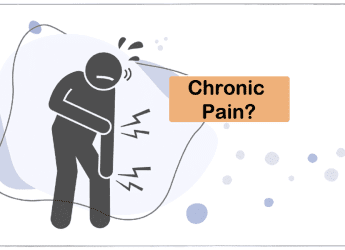



No Comments